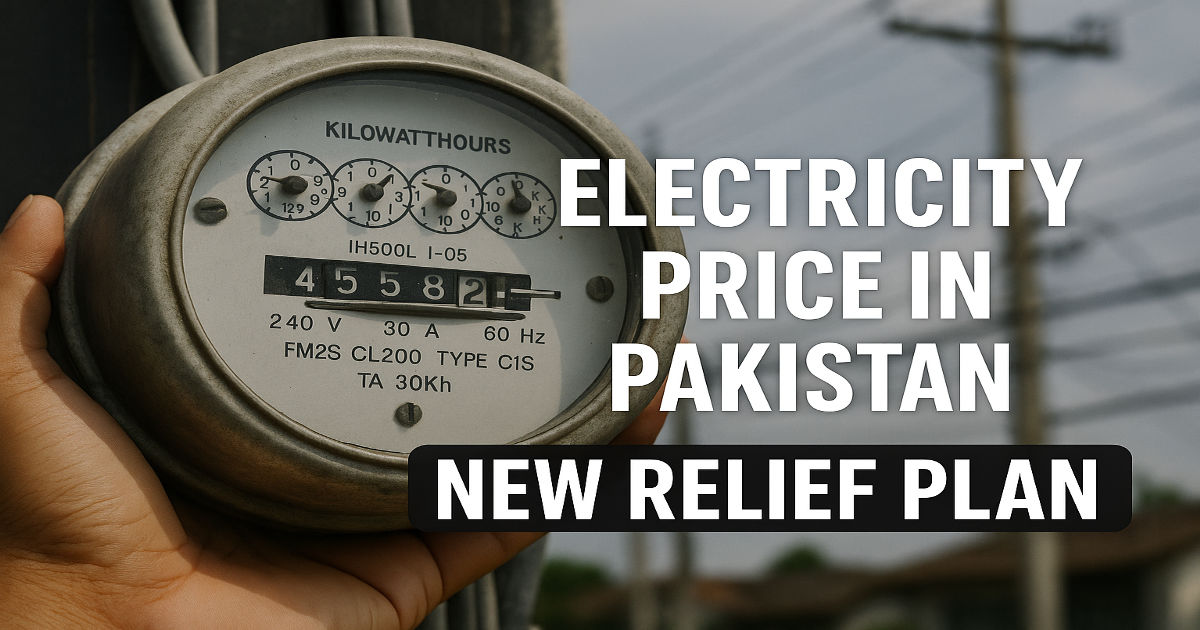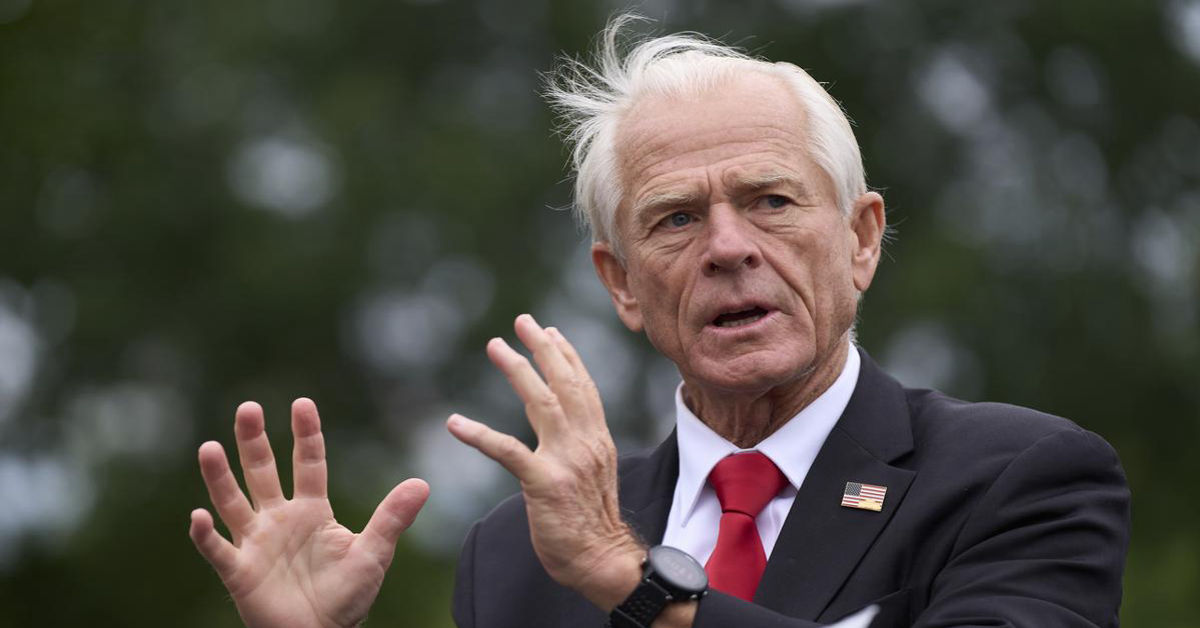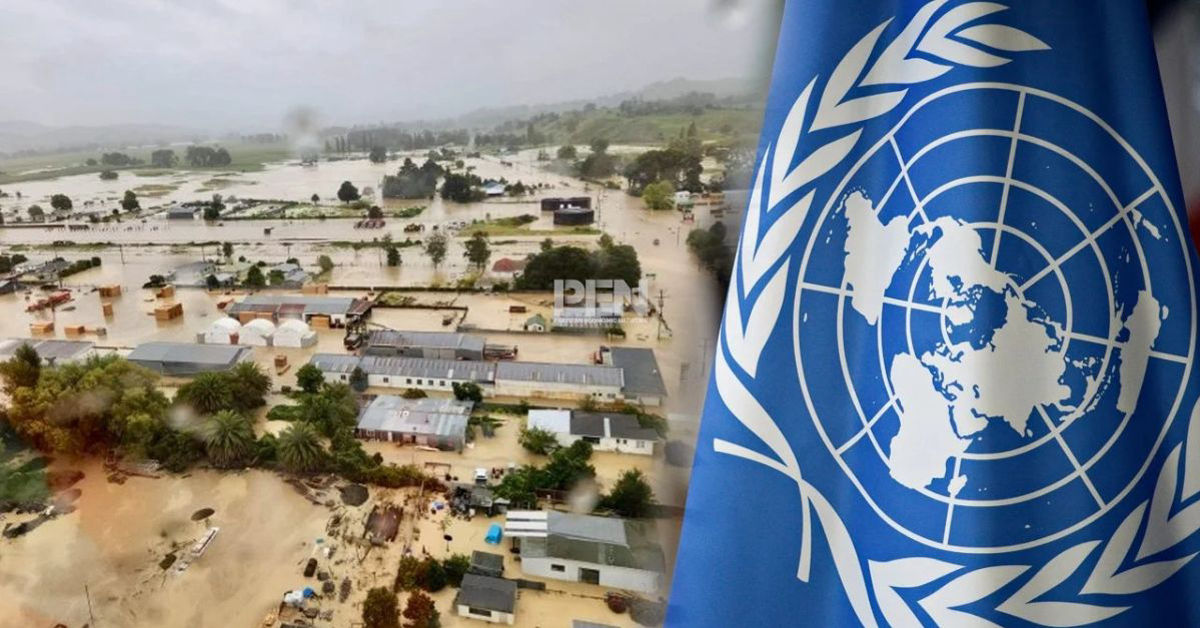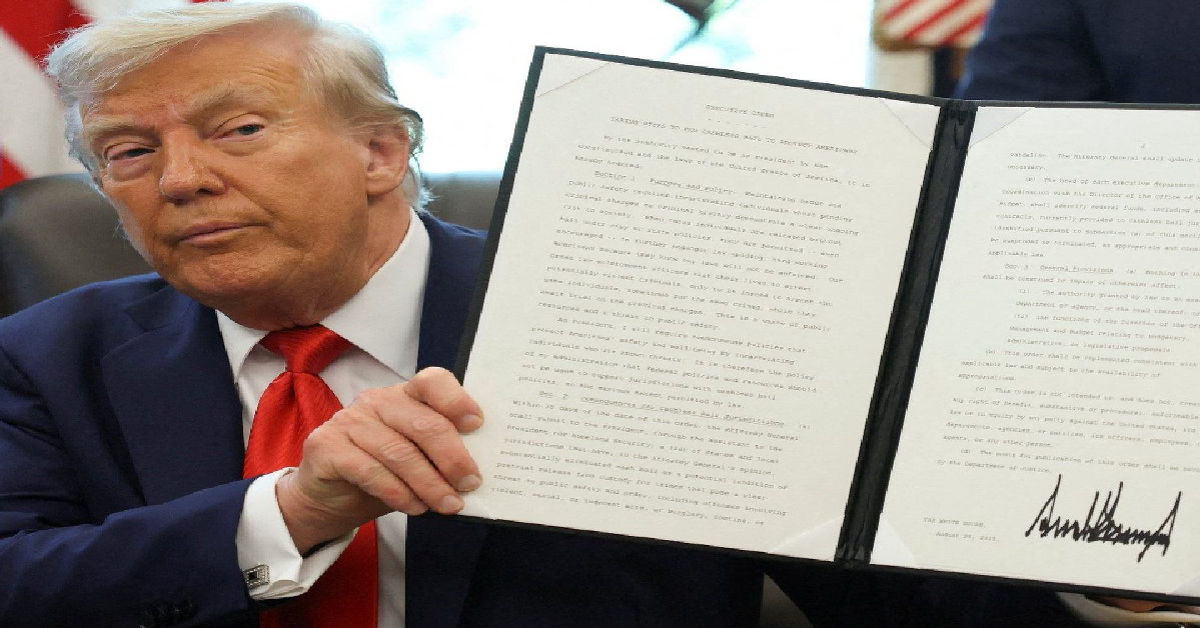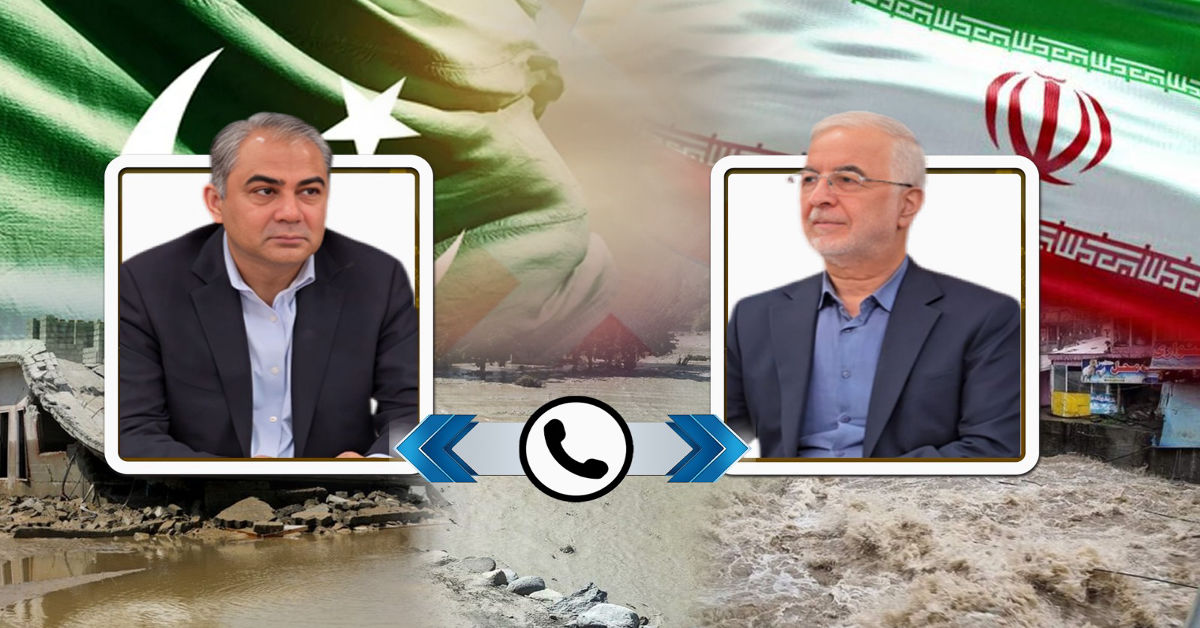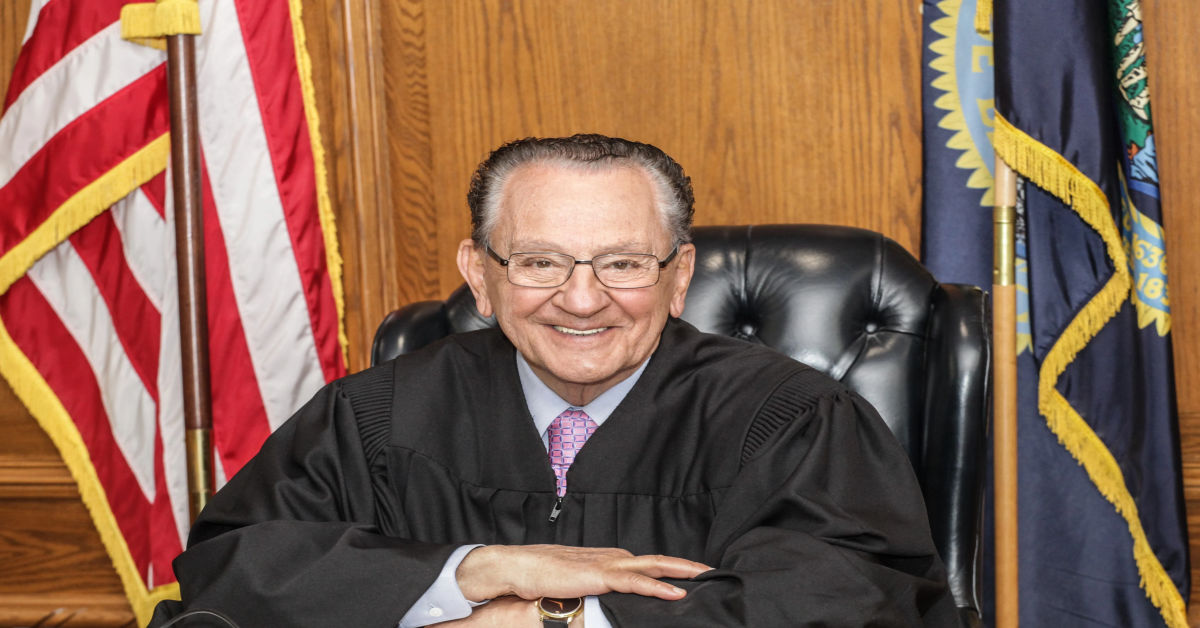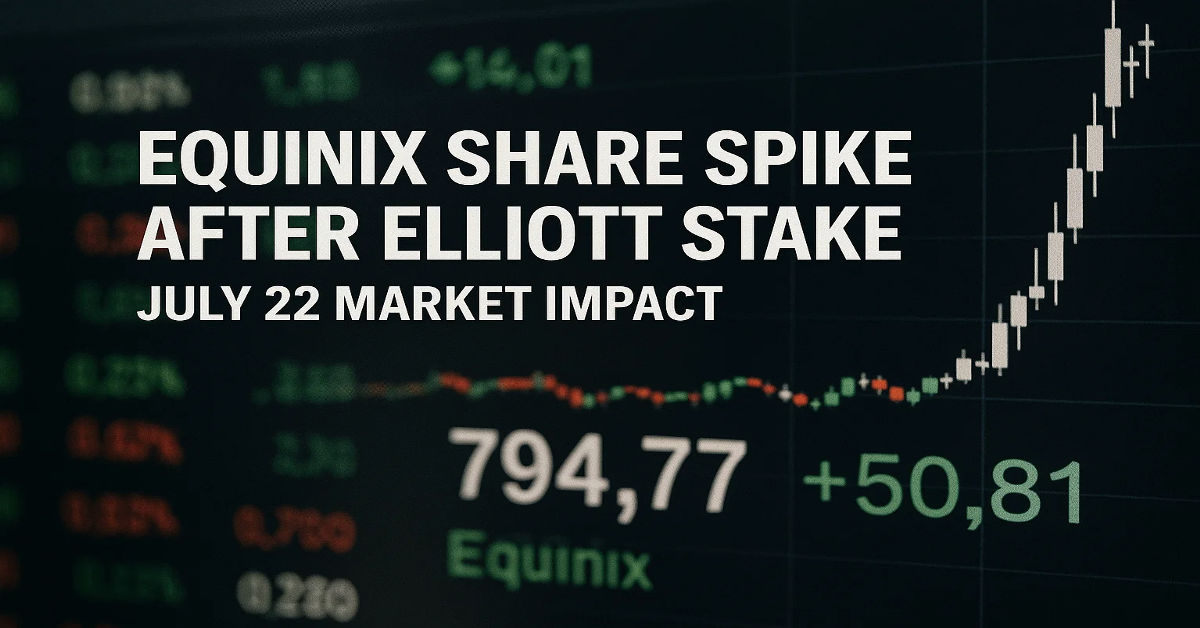
Houston, TX – July 12, 2025 — Former President Donald J. Trump arrived in flood-stricken southeastern Texas Friday, walking through devastated neighborhoods, meeting displaced families, and blasting the Federal Emergency Management Agency (FEMA) over what he described as a “catastrophic and shameful failure” to respond to the deadly natural disaster.
The visit comes as parts of Texas remain submerged under record-breaking floodwaters following a string of storms that brought over 20 inches of rain in less than 48 hours. Dozens of counties have declared states of emergency, thousands are displaced, and criticism is intensifying toward FEMA and the Biden administration for what residents call a “slow and ineffective” response.
The trip — which drew national attention — has quickly evolved into a political flashpoint as Trump continues his 2024 campaign push. The phrase “Trump Tours Texas Flood Zone Amid FEMA Scrutiny” has surged in trending news search terms, underscoring the mounting public interest.
A Flood of Crisis — and Political Opportunity
Landing in Houston aboard his private jet, Trump traveled to Orange County, one of the hardest-hit regions, where he toured neighborhoods on foot, speaking with flood victims and rescue volunteers.
“What’s happened here is a disgrace,” Trump told reporters. “FEMA wasn’t ready. They weren’t here when these people needed help. If I were in charge, this would’ve been a fully coordinated response from the first hour.”
The former president was joined by Texas Governor Greg Abbott, who echoed the criticism, calling FEMA’s initial response “unacceptably delayed” and pledging to expedite state resources to affected areas.
Trump’s team said the visit was focused on bringing national attention to the devastation, but political analysts noted that it also served as a strategic campaign move — placing him front and center in a humanitarian crisis that highlights perceived federal shortcomings.
FEMA’s Delayed Response Draws Fire
The Federal Emergency Management Agency has acknowledged “logistical challenges” in reaching some flood-ravaged areas but defended its broader response, stating that over 1,200 personnel had been deployed and millions in emergency funding approved within 72 hours of the declaration.
Still, for many Texans, that wasn’t fast enough.
“I haven’t seen a single FEMA worker in my neighborhood,” said Jorge Alvarado, a small business owner in Beaumont whose grocery store was destroyed. “If it weren’t for local volunteers, we’d still be stranded.”
Trump seized on these frustrations, telling supporters, “We’re seeing Biden’s government fail good people again. The people of Texas deserve action, not bureaucracy.”
Trump’s Return to Crisis Politics
This is not Trump’s first time stepping into disaster zones — he visited hurricane-ravaged Puerto Rico in 2017 and wildfire zones in California during his presidency. But this visit feels different, political observers say.
“It’s part empathy, part optics, and part attack strategy,” said Dr. Kelsey Monroe, a political communication professor at Rice University. “Trump’s team is leveraging FEMA’s perceived missteps to reinforce his narrative of decisive leadership — something his base responds to.”
Coinciding with his appearance, Trump has been making a series of headline-grabbing moves. Earlier this week, he unveiled a new device: the Gold T1 smart device with Trump Mobile, further expanding his branding empire and fueling media coverage of his post-presidency business ventures.
Human Cost and Local Efforts
While political theater unfolds, the human toll is staggering. At least 39 people have died due to flooding, and over 12,000 homes have been damaged or destroyed. Emergency shelters are at capacity in cities like Port Arthur and Baytown.
“We’ve had help from churches, community groups, even other states,” said Lisa Reynolds, a Red Cross volunteer. “But the biggest challenge is coordination. FEMA came late and came light.”
Governor Abbott has activated the Texas National Guard and signed executive orders to facilitate the rapid release of state funds for road and utility repairs. Still, Abbott acknowledged the road to recovery will be long and costly.
In Washington, House Republicans have already initiated hearings into FEMA’s handling of the crisis, setting the stage for what could become a prolonged partisan battle over disaster readiness.
National Distractions, Local Consequences
Some critics argue the federal delay in responding may have stemmed from divided White House attention, as the Biden administration continues to focus on foreign policy tensions and negotiations in the Middle East. Just this week, Egypt and Qatar brokered a 60-day truce in Gaza — a major diplomatic development that has commanded significant global attention.
“Domestic disaster response should never take a backseat to global diplomacy,” said Rep. Lauren Riley (R-TX). “Texans are drowning, and FEMA is missing in action.”
Looking Ahead: Recovery and Campaigns
As floodwaters recede, the focus will now shift to recovery and accountability. The political storm, however, is just beginning. Trump is expected to continue spotlighting FEMA’s missteps in future rallies and press appearances, leveraging the Texas flood as a symbol of what he calls “federal dysfunction under Biden.”
And with Texas being a politically significant state in 2024, many believe this event could become a turning point in how swing voters perceive competence and leadership.
“It’s not just about water damage,” said local pastor Malcolm Greene. “It’s about who shows up when everything falls apart.”
Final Word
As headlines proclaim “Trump Tours Texas Flood Zone Amid FEMA Scrutiny”, the story remains one of real people caught between rising waters and rising rhetoric. Whether Trump’s visit brings meaningful change or merely political momentum, the need on the ground remains urgent and real.
For thousands of Texans, politics aside, the message is clear: Help is welcome — from anyone willing to provide it.
FAQs
1. Why did Donald Trump visit the Texas flood zone?
Donald Trump visited flood-affected areas in southeastern Texas to meet victims, assess the damage, and draw attention to what he called FEMA’s delayed and inadequate response. The visit also aligned with his 2024 campaign strategy to present himself as a proactive leader in times of crisis.
2. Which areas in Texas were most affected by the floods?
The hardest-hit areas include Orange County, Beaumont, and parts of Houston. Heavy rainfall led to overflowing rivers and submerged homes, forcing thousands of residents to evacuate. These regions are currently under disaster declarations and receiving emergency support.
3. What criticism has FEMA faced in response to the Texas floods?
FEMA has been criticized for arriving late and with limited resources. Residents and local officials say aid has been slow and uncoordinated, leaving communities stranded. The lack of communication and urgency has led to bipartisan concern in Washington.
4. How did Trump criticize FEMA during his visit?
Trump accused FEMA of being “totally unprepared” and said the agency’s slow action made the situation worse. He blamed the Biden administration for not deploying resources quickly enough, emphasizing that immediate federal support could have saved more homes and lives.
5. Was the visit part of Trump’s 2024 campaign strategy?
Yes, political analysts believe the visit was strategically timed to support his campaign messaging. By highlighting federal inefficiencies, Trump reinforced his narrative of being a more effective leader. His public appearances in crisis zones often aim to show hands-on leadership.
6. What actions are Texas state officials taking to support flood victims?
Governor Greg Abbott has activated the Texas National Guard and directed state agencies to provide food, water, shelter, and rescue services. Executive orders were also signed to fast-track emergency funding for affected counties. Local volunteers and nonprofits have been critical in relief efforts.
7. How many people have been affected by the floods in Texas?
More than 12,000 homes have been damaged or destroyed, with at least 39 fatalities reported so far. Thousands of families are displaced, and emergency shelters are operating beyond capacity. The full scale of damage is still being assessed by state and local agencies.
8. What is the federal government’s response to the crisis so far?
The Biden administration approved disaster declarations to unlock federal aid, and FEMA claims to have deployed over 1,200 personnel. However, delays in logistics and poor coordination have led to dissatisfaction among residents and criticism from both Republican and Democratic leaders.
9. How are residents coping with the ongoing crisis?
Texans are relying heavily on local support systems such as churches, volunteer groups, and community organizations. Many feel abandoned by the federal government and are frustrated by the lack of timely help. Despite the hardship, communities are pulling together to support each other.
10. How is this event being used in national political narratives?
Trump and other Republican leaders are using the situation to argue that the Biden administration is failing at crisis management. Meanwhile, Democrats are defending FEMA’s ongoing efforts and pointing to challenges posed by extreme weather and logistical constraints. The disaster has become a focal point in the 2024 political conversation.
11. Are other news developments distracting from FEMA’s performance?
Some political commentators suggest that international developments, such as the recently brokered 60-day Gaza truce, may have diverted the administration’s attention. Critics argue that this contributed to FEMA’s sluggish response to a major domestic emergency.
12. What’s next for the flood recovery and FEMA accountability?
Congress is expected to launch hearings into FEMA’s response to assess what went wrong. In the meantime, state and local leaders are pressing forward with rebuilding efforts. Trump’s visit has







